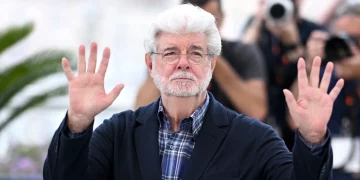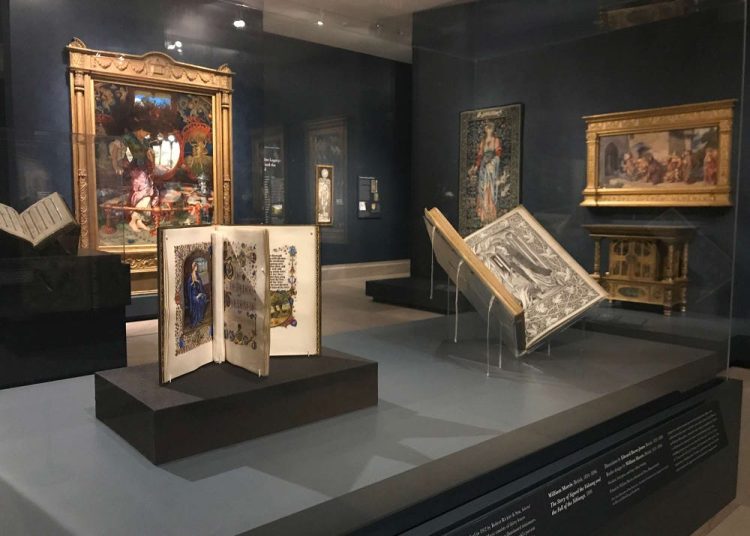Spotlight on the World’s Most Iconic Collections
Throughout history, there have been individuals whose passion for collecting rare items has not only captured the public’s imagination but also shaped entire industries. From priceless art to extraordinary artifacts, iconic collections offer a glimpse into the taste, history, and vision of some of the world’s most dedicated collectors. These collections go beyond mere ownership of valuable objects; they embody stories of dedication, passion, and sometimes even obsession. The world’s most iconic collections span multiple domains, including art, antiques, cars, stamps, and rare books.
One of the most renowned collections is that of the late Paul Allen, co-founder of Microsoft. His collection of rare automobiles is among the finest in the world. Known as the “Allen Collection,” it features everything from the oldest cars in existence to some of the fastest machines ever built. Allen’s collection is not just about the cars; it’s about the history they represent. He amassed these vehicles not only for their rarity but because each one tells a story of innovation, craftsmanship, and the evolution of automotive engineering.
Another iconic collection is that of the late billionaire, Steve Jobs. While Jobs wasn’t known for collecting traditional items, his obsession with design and technology made his personal collection of rare and innovative electronics equally iconic. His devices and objects symbolize the power of simplicity and innovation, reflecting his influence on modern technology and design.
The British royal family’s collection of artifacts is another example of an iconic collection. From the Crown Jewels to historical manuscripts, the royal collection spans centuries of history and includes some of the world’s most valuable objects. The collection reflects not only Britain’s rich royal history but also its role in shaping global culture and politics over the centuries.
The Stories Behind These Rare and Valuable Items
The allure of iconic collections lies in the stories behind the objects. Every item in these collections has a unique backstory, often involving an incredible journey or a twist of fate. Many collectors have spent years—or even decades—searching for that one rare item to complete their collection. These objects are more than just possessions; they are treasures with histories, each representing a moment in time.
Take, for example, the collection of rare books owned by the late J. Paul Getty, an oil tycoon who amassed a world-class library. His collection included manuscripts from the Middle Ages, ancient texts, and first editions from legendary authors. The stories behind these rare books were often more compelling than the books themselves. Many were lost to time, rediscovered through perseverance, and brought into the fold of one man’s vision. Getty’s collection ultimately became part of the Getty Museum in Los Angeles, allowing future generations to connect with the past in ways they otherwise wouldn’t have been able to.
Similarly, the world’s most famous art collections often have intriguing stories behind them. One such story involves the recovery of stolen art pieces during World War II. Many of these paintings and sculptures had been stolen by Nazi forces, but efforts by individuals like the Monuments Men were crucial in retrieving and returning these pieces to their rightful owners. The art collections held in places like the Louvre in Paris and the Prado Museum in Madrid include not only masterpieces but also pieces with deeply moving stories of survival, recovery, and restoration.
The story behind the most famous stamp collection in the world, the British Guiana 1c Magenta, is one of intrigue and mystery. This rare stamp was discovered in a small shop in the 19th century and has since become one of the most valuable stamps in history. It was purchased by a private collector, and its eventual sale for millions of dollars in recent years captivated the world’s attention. The 1c Magenta is a testament to the idea that sometimes the rarest objects are discovered in the most unexpected places.

Collecting Legends and Their Journeys to Finding Rare Items
What makes a collector legendary is not just the items they acquire, but the journey they take to acquire them. Legendary collectors often spend years, if not decades, searching for rare items, using their wealth, influence, and networks to track them down. The pursuit of these rare treasures is as much about the thrill of the chase as it is about the value of the items themselves.
Take the example of Sir Henry Wellcome, a British pharmaceutical magnate who amassed one of the most remarkable collections of medical artifacts. Wellcome’s collection ranged from ancient Egyptian mummies to early pharmaceutical tools, and he traveled extensively to acquire them. His relentless pursuit of rare and unique items led him to places that most people would never consider—remote regions of the world, obscure auctions, and even private collections held by royalty. Wellcome’s legendary collection, which now resides at the Wellcome Collection in London, showcases his dedication and vision to preserving the history of medicine.
Then there’s the journey of collectors like Stanley Gibbons, whose stamp collection and knowledge of philately made him a household name in the world of stamps. Gibbons’ collection grew as a result of his obsessive attention to detail and his deep understanding of the historical and cultural significance of the stamps he collected. His passion for philately didn’t just lead him to acquire rare stamps; it also propelled him to create the world’s leading stamp catalogue, changing the course of the stamp-collecting world.
There are also collectors like the late Eli Broad, an American businessman and philanthropist who built an incredible collection of contemporary art. Broad’s journey to finding rare and valuable pieces wasn’t just about money—it was about curating a collection that reflected his personal taste and understanding of art. He famously collected works by artists like Jeff Koons, Ed Ruscha, and Cindy Sherman, some of which are now displayed in the Broad Museum in Los Angeles. His collection tells the story of a visionary’s journey through the world of art, showcasing the power of art to shape personal and cultural identities.
What Collectors Can Learn from These Iconic Collections
Collectors today can draw valuable lessons from the world’s most iconic collections. The journey to amass such collections is often marked by patience, perseverance, and a deep passion for the objects in question. One of the most important lessons is the value of understanding the historical and cultural context of what you are collecting. Collecting isn’t just about the item itself; it’s about the story and significance that it carries.
Another lesson is the importance of building relationships within the collecting community. Legendary collectors have always been part of networks that extend beyond financial transactions. They have learned to collaborate with museums, auction houses, fellow collectors, and sometimes even experts in specialized fields. These connections are often crucial in gaining access to rare items, and they also help ensure that collections are preserved for future generations.
Additionally, collectors can learn the importance of being open to discovery. Some of the world’s most iconic collections have been formed through serendipity—finding something rare and valuable when least expected. This teaches the importance of having an open mind and being willing to explore new avenues for finding objects that may otherwise go unnoticed.
Finally, collectors can take away the lesson of passion. The most iconic collections were built by individuals who weren’t just looking to own rare items for the sake of wealth or status—they were driven by a deep passion for the objects themselves. Whether it was a love of art, history, or engineering, these collectors were motivated by a desire to preserve and share what they had found with the world. Passion is often what transforms a collection from a simple assortment of items into a legacy that stands the test of time.

















































